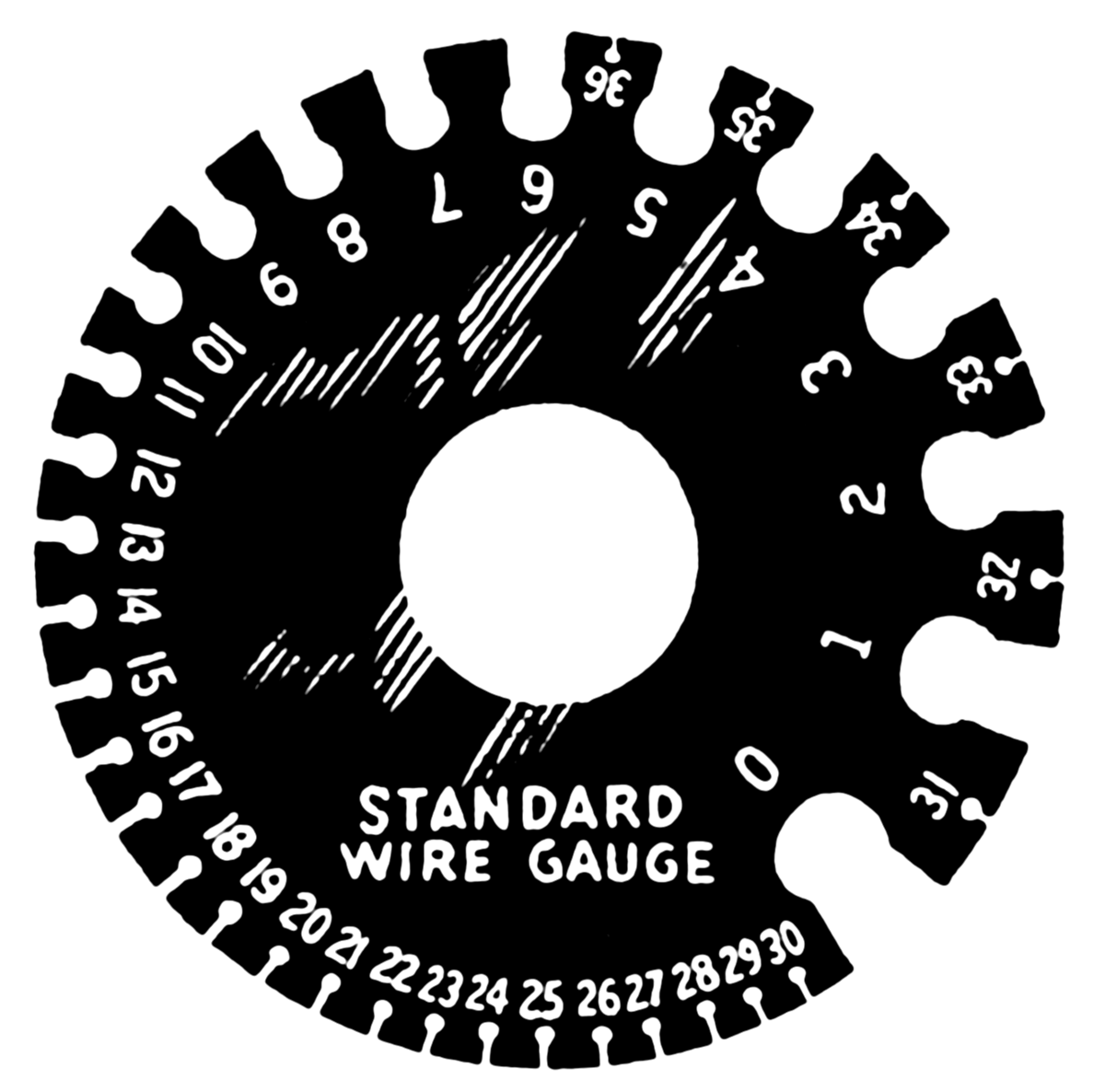Was UK T+E ever in imperial sizes? If so what was for example 2.5mm
Indeed, it was imperial for longer than it has been metric. Until 1966 not all flat cables had an earth core, they were called flat twin, flat triple, flat twin & earth etc. The same sizes were usually available in lead-sheathed or rubber-sheathed as desired, up to the introduction of PE and PVC insulated. The conductors of imperial-sized cables are usually tinned copper rather than plain.
First, as I mentioned above, it was in SWG sizes. The conductors were quoted as the number of strands and their SWG, for example 7/22 (which is not a fraction) meant seven strands of 22 SWG.
Then we switched to identifying the strand size by diameter in inches, so 7/22 became 7/.029 (note position of dot and zero)
That was the nearest to 2.5 sqmm, actually nearer 2.9
Normal lighting circuits were wired either in 1/.044 which is like 1.0 sqmm, or the larger and more flexible three-strand 3/.029.
Next up was 3/.036 and 7/.029 for sockets. 7/.044 was about the largest regularly used as flat twin or twin & earth, above which it tended to be singles in conduit.
The odd one out was imperial MI, for which the conductors were always sized in sq. ins. instead off ins. diameter, although the cable sheath was sized as ins dia.













